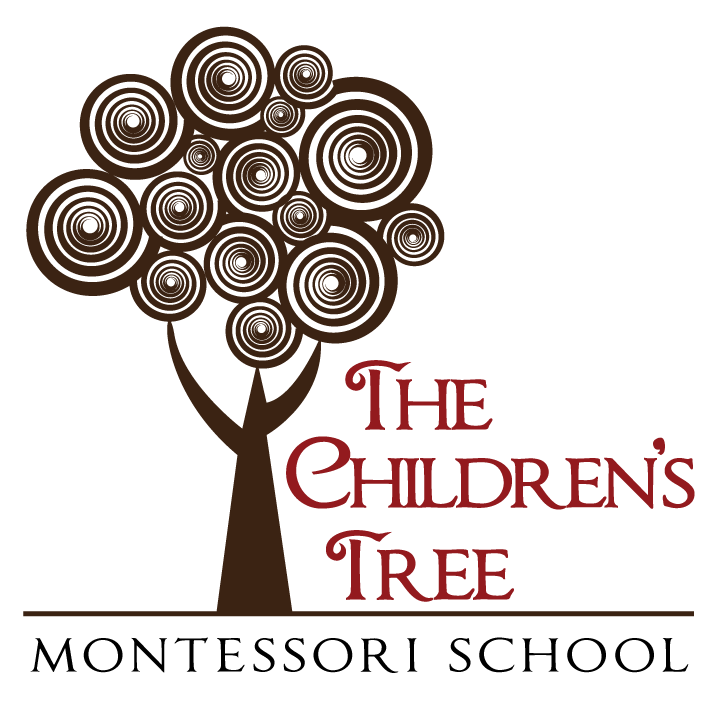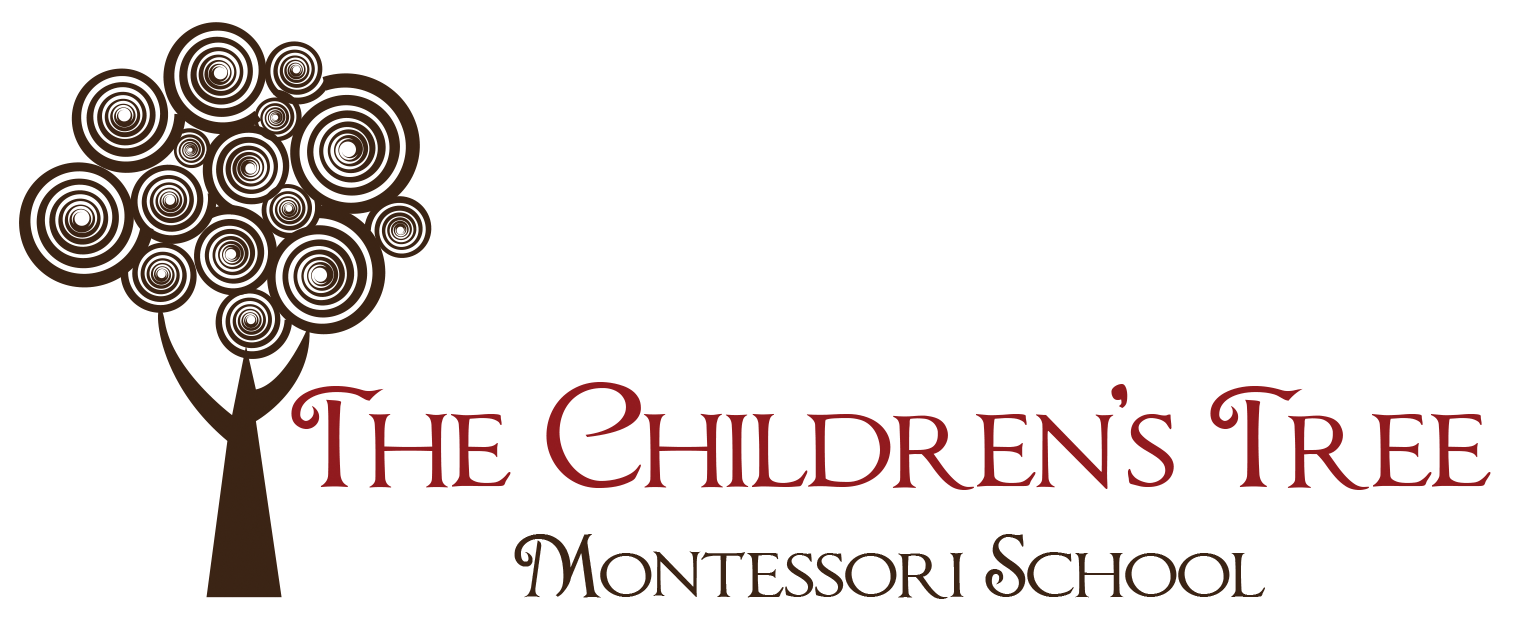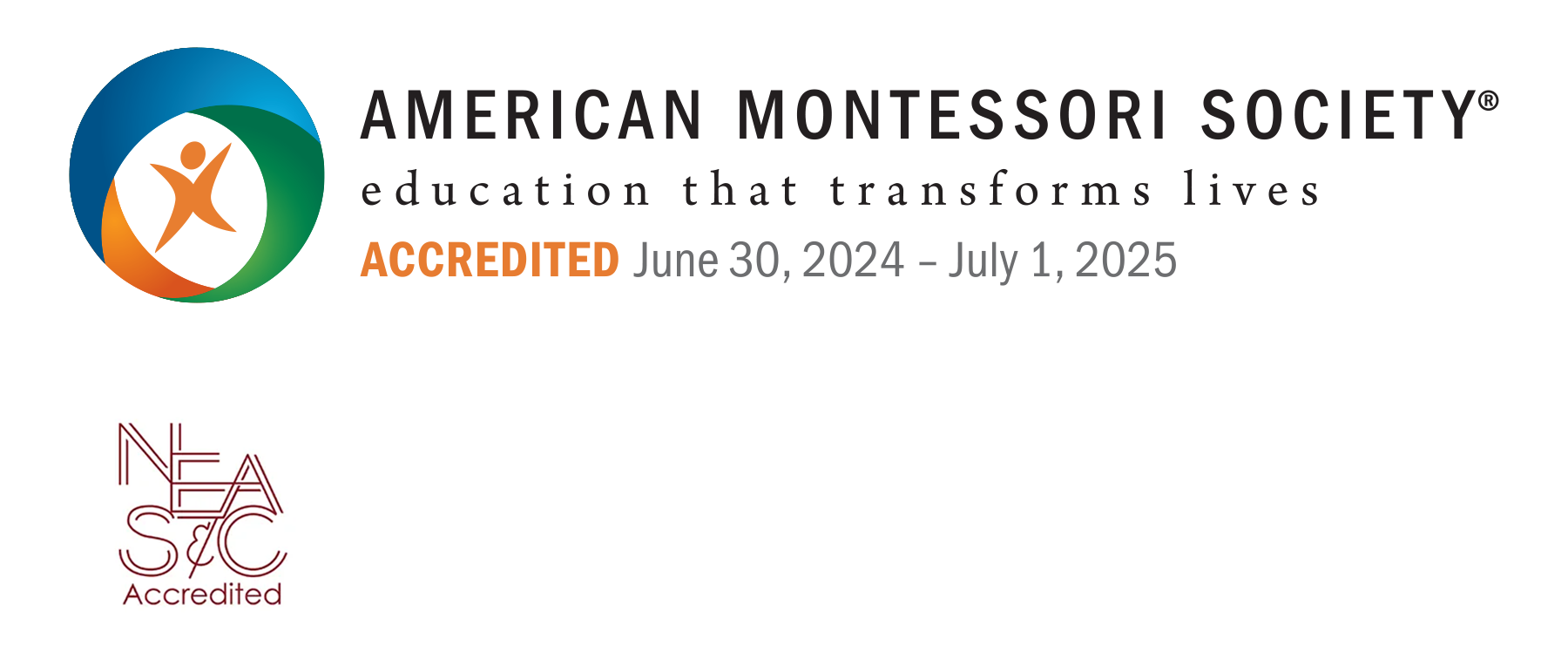Frequently Asked Questions
About Montessori Education
Here are some of the questions we hear most often about Montessori education.
-
What is Montessori?
Montessori is a philosophy with the fundamental tenet that a child learns best within a social environment which supports each individual’s unique development.
How Did It Begin?
Dr. Maria Montessori, the creator of the ‘The Montessori Method of Education,’ developed a curriculum and materials based on her scientific observations of young children’s behavior. As the first woman to graduate with a medical doctorate from the University of Rome, Montessori became involved with educating those deemed ‘retarded.’ In 1907, she opened ‘The Children’s House,’ a place for the poorest children from Rome to be educated. Here she found that her methods were effective and the students she taught were exceeding and succeeding all expectations. Her educational system revolutionized education and was introduced to the United States in 1912. Children benefit from this model because they complete purposeful activities instead of listening, memorizing, and then testing.
Montessori’s dynamic theories included such revolutionary premises as:
- Children are to be respected equally as adults and as individuals
- The most important years for learning are from birth to age six
- Children possess unusual sensitivity and the mental capacity to absorb and learn from their environment
- Children are given the opportunity to succeed by completing purposeful activities
-
What makes Montessori education unique?
The ‘Whole Child’ approach. This is what differentiates a Montessori education from a traditional one. The primary goal of a Montessori program is to help each child reach full potential in all areas of life. A Montessori classroom provides activities which promote the development of social skills, emotional growth, and physical coordination as well as cognitive preparation. The holistic curriculum, under the guidance of a trained professional, allows the child to experience the joy of learning. It gives the child the time to enjoy the process and insure the development of self-esteem. It also provides the experiences from which children create their knowledge.
The Prepared Environment. In order for self-directed learning to take place, the classroom, materials, and social climate must be supportive of the learner. The teacher provides necessary resources, including opportunities for children to function in a safe and positive manner. The teacher thus gains the children’s trust, which enables them to experiment and build self-confidence.
The Montessori Materials. Dr. Montessori’s observations on what children are stimulated by and are attracted to led her to design a number of multi-sensory, sequential and self-correcting materials which facilitate the learning of skills and lead to an understanding of abstract ideas.
The Teacher. Originally called a ‘Directress,’ the function of the teacher is as a designer of the environment, resource person, role model, demonstrator, record-keeper and meticulous observer of each child’s behavior and growth. The teacher acts as a facilitator of learning. Extensive training equivalent to a Master’s degree is required for a full AMS credential. Additional training and certifications are always encouraged, as well as attendance to the Montessori conferences.
-
Why should I choose a Montessori School for my child?
The best time to start a child’s education is during the formative years when a child’s intelligence and social characteristics are formed. At CTMS children learn to think in logical patterns. Children with a Montessori background become better prepared to cope with the complex challenges of tomorrow’s world. Our school is one of three accredited by the American Montessori Society in Connecticut. Our motto “be gentle, be kind, and be safe” engrain a life-long respect for the self and others which makes more conscientious citizens.
-
How can I recognize an ‘authentic’ Montessori school?
Since ‘Montessori’ is a word in the public domain, it is possible for any individual or institution to claim to be ‘Montessori.’ But, an authentic Montessori classroom must have these basic characteristics at all levels:
- Teachers who are certified by a MACTE accredited program, in the Montessori philosophy and methodology for the age level they are teaching and who have the ability and dedication to put the key concepts into practice.
- A multi-aged, multi-graded heterogeneous grouping of students.
- A diverse set of Montessori materials, activities and experiences which are designed to foster physical, intellectual, creative and social independence.
- A schedule which allows large blocks of time to problem solve, to make connections in learning and to create new ideas.
-
How does Montessori allow for creativity?
Creativity flourishes in an atmosphere of acceptance and trust. Montessorians recognize that each child, from toddler to teenager, learns and expresses himself in an individual manner. Music, art, storytelling, movement, and drama are part of every American Montessori curriculum. There are other opportunities for creative development as well, many materials stimulate interest and involvement, and emphasis is given to the sensory aspect of an experience which leads to both verbal and nonverbal modes of learning.
-
What happens when a child leaves Montessori?
Montessori children are unusually adaptable. They have learned to work independently and in groups. Since they’ve been encouraged to make decisions from an early age, these children are problem-solvers who can make choices and manage their time well. They have also been encouraged to exchange ideas and to discuss their work freely with others and good communication skills ease the way in new settings. Research has shown that a predictor of future success is a sense of self-esteem. Montessori programs based on self-directed, non-competitive activities, help children develop good self-images and the confidence to face challenges and change with optimism.


